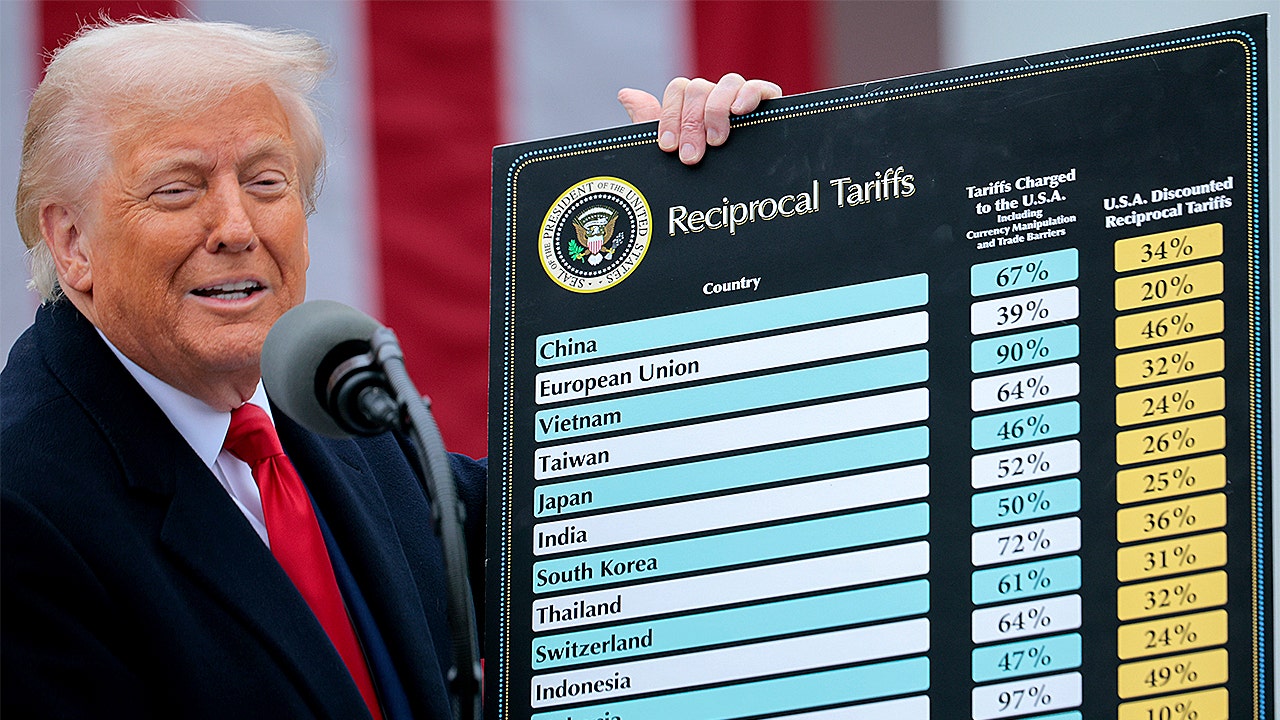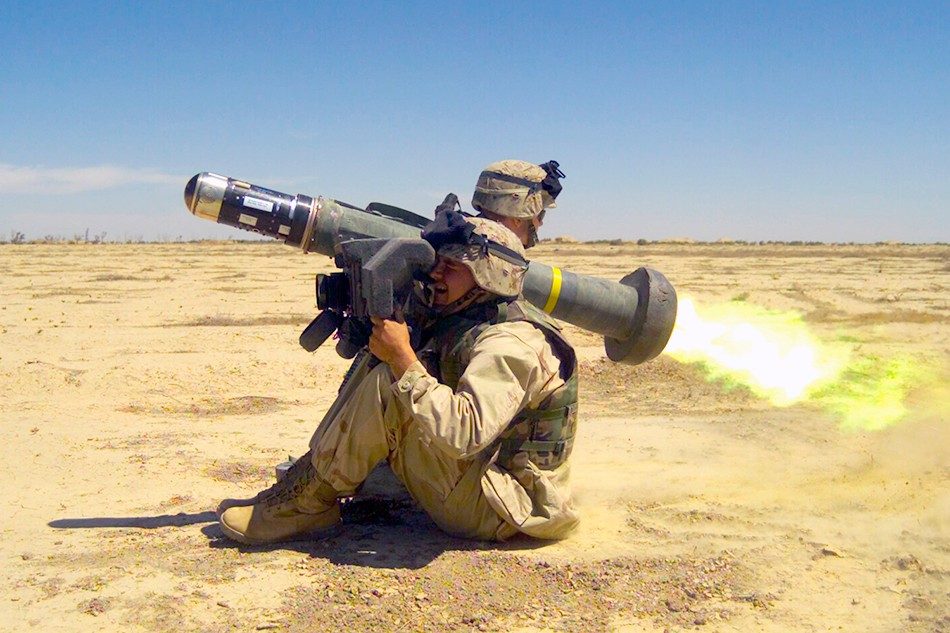You’re right; SIG makes guns, S&W makes guns, Glock makes guns. Gun companies tend to be gun companies. Well, guns and horse breeding. It’s rare that you see any consumer company heavily involved in a pivot into firearms. Sure, General Electric makes miniguns, but they’ve had their hands in a lot of pies for a long time. Today, we are going to look at non-gun companies that dipped their toes into the world of small and large arms.
Can Non-Gun Companies Make Good Guns?
Texas Instruments FGM-148
I mostly know Texas Instruments as the company that produces the calculator my son loses every year. The TI calculators are well known to every middle and high schooler struggling through math class. They are just about as non-gun as you can get. According to a quick Bing search, they are a semiconductor company. They also produce the tank-eliminating Javelin missile system, or, well, they had a hand in designing it.
Advertisement — Continue Reading Below
The FGM-148 is one of the most advanced anti-tank weapons ever produced. One soldier can destroy an armored vehicle with the press of a button. The guided missile system can do direct impact, but it can also fire from a top-attack mode to hit a less armored section of the tank. With a max range of 2,500 meters, the soldier firing the weapon can be hidden and relatively safe.
The 127mm fire-and-forget missile uses a non-disposable command launch unit, or what we affectionately called the CLU in the Marine Corps. This impressive piece of machinery is fielded by the U.S. Military, and it destroyed numerous armored vehicles in the Second Iraq War. Russia also got a taste of the Javelin system at the hands of Ukrainian soldiers.
Rolls-Royce Aircraft Weapons
Rolls-Royce is primarily known as a luxury car manufacturer. They produce cars like the Spectre, which starts at $397,000 for the base model. Yep, you read that right, base model. They have a long history of luxury cars and a decent history of building aircraft engines. They are also a non-gun company that worked hand-in-hand with the British military to produce weapons for aircraft.
Advertisement — Continue Reading Below
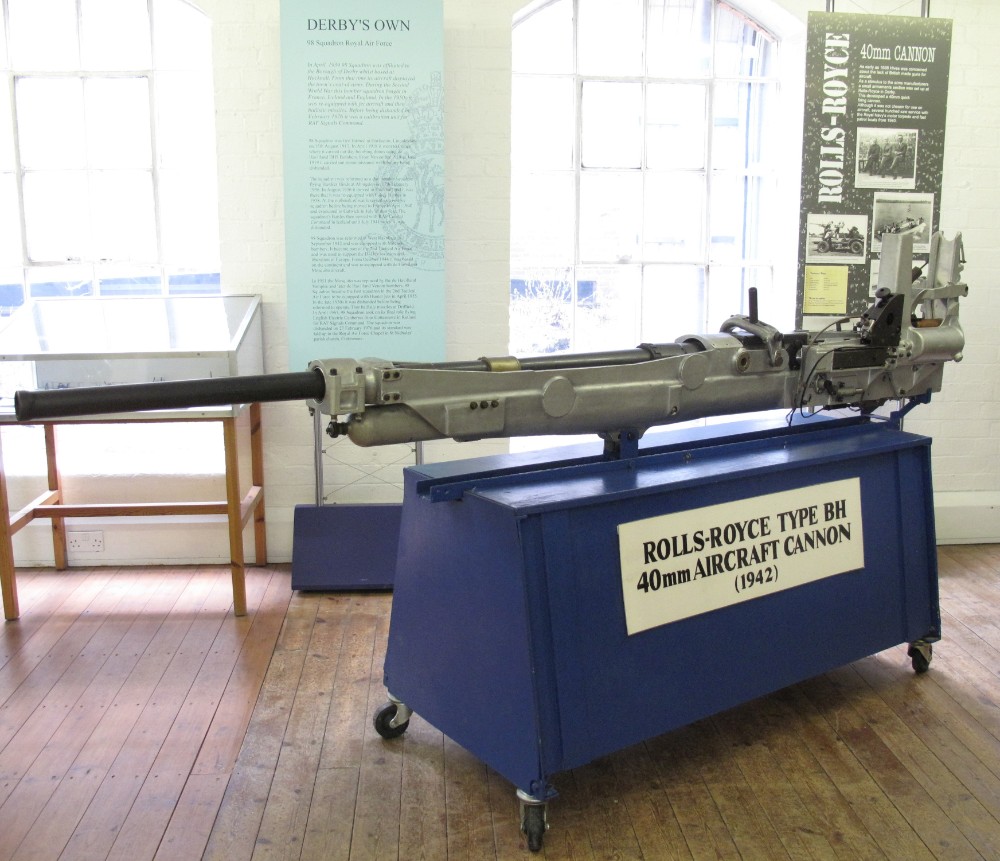
Long before America built the A-10 around a gun, Rolls-Royce designed a 40mm cannon. This was in 1938, and the gun was envisioned to be powerful enough to bring down bombers and to destroy tanks from the air. It was never fielded on planes, but in 194,0 the Brits strapped a few to motor gunboats, where they served as anti-aircraft guns.
Speaking of World War II, the Brits needed heavy machine guns for their aircraft. They wanted the Browning M2, but America didn’t have any to spare. Rolls-Royce took a break from designing cars that cost more than houses and began developing a recoil-operated .50 BMG gun. When that didn’t work, they produced a gas-operated version, but before the guns could hit the skies, America got the Brits some M2s, and the project was canceled.
Advertisement — Continue Reading Below
Singer M1911
We are still in World War II for this entry. America’s manufacturing power proved to be its greatest strength. World War II was all-encompassing, and the American people and American companies were there to make sure the boys overseas were well-armed. With a shortage of handguns, the military turned to non-gun companies with production capability.
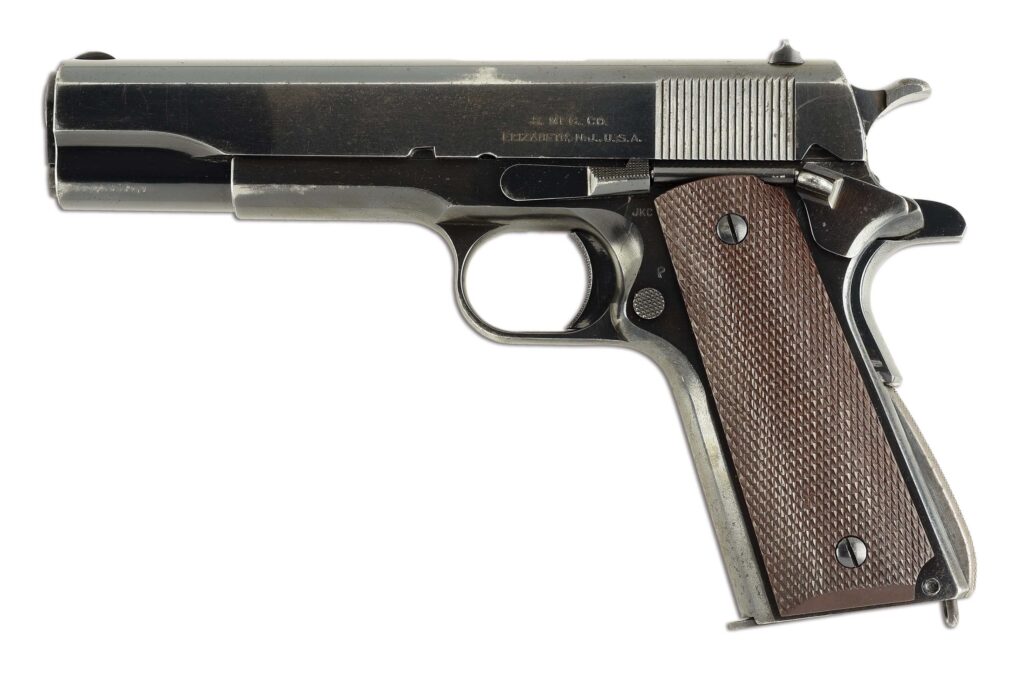
This included Singer. Singer, the company mostly known for producing your mom’s sewing machine, got in on the weapons manufacturing game. They produced M1911 pistols for the United States. Singer wasn’t a weapons company, but they put their best foot forward. Singer only produced 500 M1911s for World War II.
Advertisement — Continue Reading Below
The 500 pistols were part of a trial run, so to speak. They delivered the pistols in 1940, and the Ordnance Department never placed another order. It wasn’t for lack of quality either; the pistols were fine and built to snuff. They’ve since become some of the rarest and most valuable M1911 pistols in the world.
IBM M1 Carbines
Alright, so one more World War II entry. IBM, or International Business Machines, is known as a computer company. That simplifies it, since they are a massive multinational technology company that’s present in over 175 countries. Their origin traces back to 1911, and since then, they’ve been cutting-edge.

Advertisement — Continue Reading Below
In World War II, they were producing various technological marvels, and some were used by Nazi Germany. They also produced 6% of the M1 Carbines used in World War II, which was about 350,000 guns. How IBM switched from producing computers to M1 Carbines is beyond me, but smart people make do.
IBM was the last contractor to get into producing M1 Carbines, and it only took them a month to start producing rifles. They introduced new techniques that sped up manufacturing, including a new rifling procedure that made barrel production much faster. All matching IBM M1 Carbines fetch a great price these days.
Ford XM234
Ford, mainly known for America’s favorite truck, the F-150, had their hands in a lot of pots. They sought a number of military contracts in their time, mostly for vehicles. Ford had an Aerospace division and was part of Ford-Philco, a company known for batteries, radios, televisions, and more. In 1966, Ford bought Philco, and it became Ford-Philco.
Advertisement — Continue Reading Below
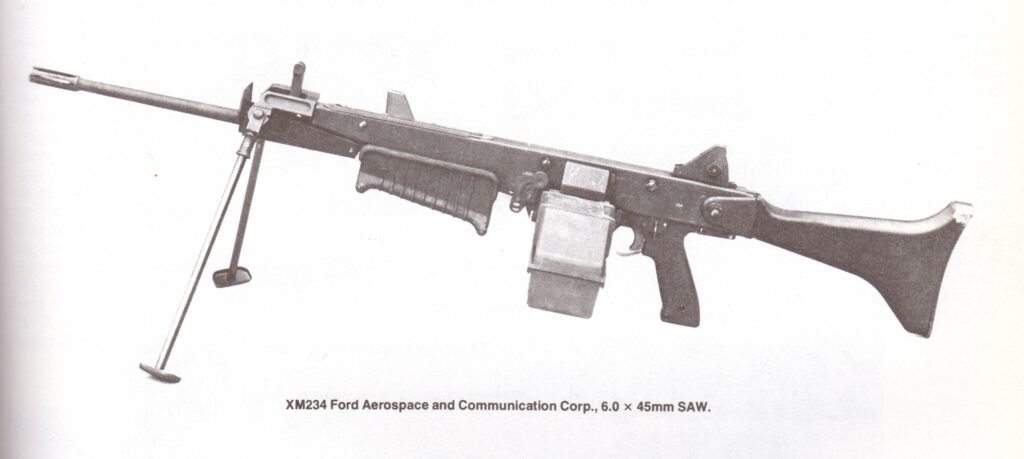
Ford-Philco is a non-gun company that decided to get into the gun industry in the 1970s. The U.S. Army was conducting a program to arm rifle squads with a light machine gun. The SAW program ended with the adoption of the FN Minimi, but Ford-Philco’s XM234 was a contender.
We know nearly nothing about the gun. It was a belt-fed, 6mm SAW machine gun. It held its rounds in a detachable drum, and that’s about it. No weight, no known operating system I can find, but we know it existed, and we know the M249 won the competition overall.
Non-Gun Companies Sometimes Make Guns
Imagine a world where IBM remained in the arms game and they were producing M4 carbines, or a world where Ford’s XM234 became the M234 and served for decades with military forces. What if Singer was a custom house like Ed Brown? It’d be a weird world, but we weren’t all that far from it.
Read the full article here
